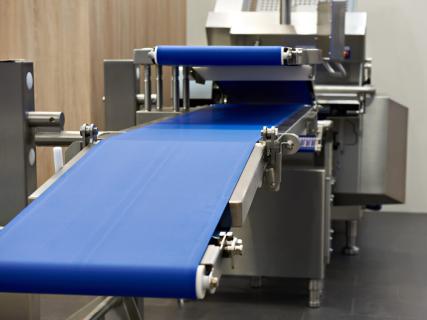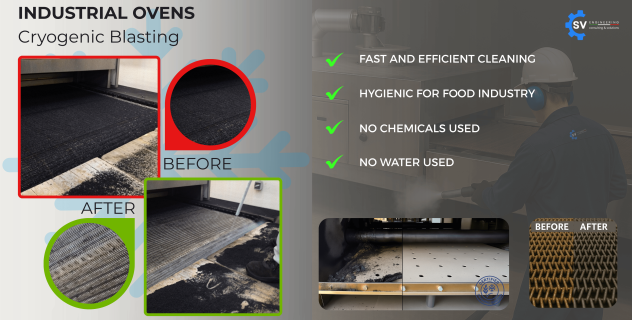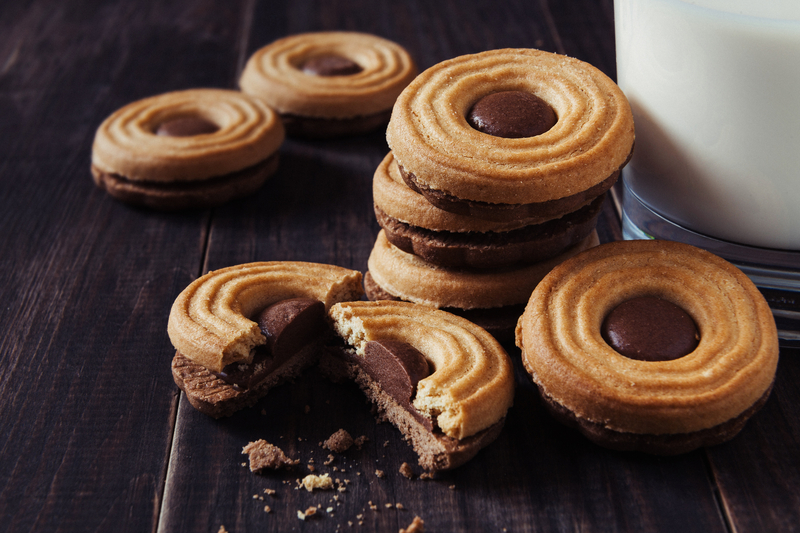Fat
What is the main difference between slip melting point & SFC(Solid fat content) of Fat.





Digital monitoring transforms food safety—ensuring quality, compliance, and brand protection across the cold chain.

Discover new Biscuit People Academy courses: AI basics in English & advanced process controls for biscuit production in Portuguese.

Dectyl XMD is a conveyor belt designed for food safety. If it ever breaks and fragments end up in your product, those pieces can be detected by X-ray...

Devido à demanda esmagadora, resta apenas um número limitado de ingressos para a Biscuit People Conference (BPC) 2025, o principal evento dedicado à i...

Cryogenic Blasting: innovation and sustainability for industrial cleaning











The score is based on the number of created courses at BPA (150 points per course), the number of the lectures given at BPC (100 points per lecture), published articles (20 points for every approved article in Our Experts category ), number of resolved questions (10 points for every resolved question) and the number of asked questions (5 points for every asked question). The list is showing only top 10 biscuit industry experts.


